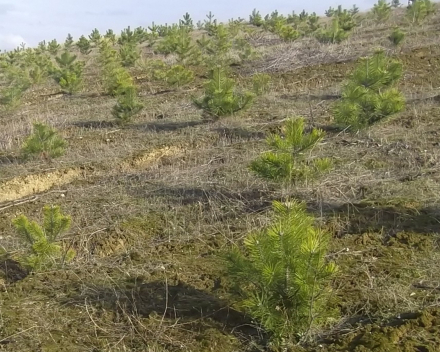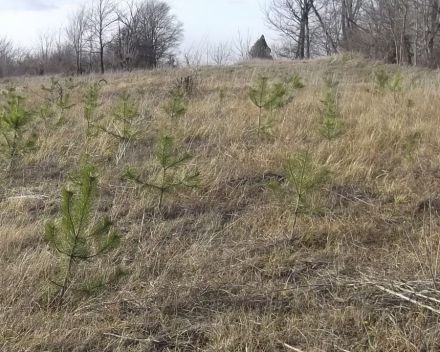- Home
- Reclaiming Land With Windscreens
Reclaiming Land With Windscreens
09/12/2018 - 00:00
About 70 per cent of electricity generated in Serbia comes from coal. Thermal power plants and Mines Kostolac near Klenovnik are largely powered by the coal extracted from the nearby surface/open pit mines.
Open pit mining is the most common form of strategic materials mining in Serbia, visually and environmentally affecting surroundings with long-lasting depressing effects, such as water and air pollution, loss of forest and soil fertility.
The public company ‘Electric Power of Serbia’ was offered an innovative solution to establish plant growth in this harsh environment by increasing the soil’s fertility and water retention capacity and improving plant survival rates. A series of technologies had been tried in the past with poor results, until Natasa Trifunovic, forestry engineer at GreenSoil Inzenjering presented a holistic approach based on the TerraCottem methodology.
Natasa Trifunovic commented:
“First, we created planting fields with powerful earth moving machines. Then we drilled and prepared the plant holes and incorporated TerraCottem and planted them up with both bare root and containerised Pinus Nigra and with bare root Robinia Pseudoacacia.”
Despite extremely elevated temperatures shortly after planting, the three-year-old bare root Pinus Nigra reached a survival rate of 60 per cent while the two-year-old ones rose to 95 per cent. The containerised three-year-old plants did better and had a survival rate of 85 per cent. The best performing ones were the bare root one-year-old Robinia Pseudoacacia with a survival rate of 90 per cent.
Electric Power Industry of Serbia is happy with the results and so is Natasa:
“The overall survival rate of the entire project is above 70 per cent, in a very inhospitable environment for plant growth topped up with extremely high summer temperatures.”
| Attachment | Size |
|---|---|
| 3.34 MB |
Throughout our jubilee year, we will be sharing each one of our 25 client stories with you online.
Dive into historyThroughout our jubilee year, we will be sharing each one of our 25 client stories with you online.
Dive into historyTerraCottem Intl. SL
Apartado de Correos 4511190 Benalup (Cádiz)Spain





